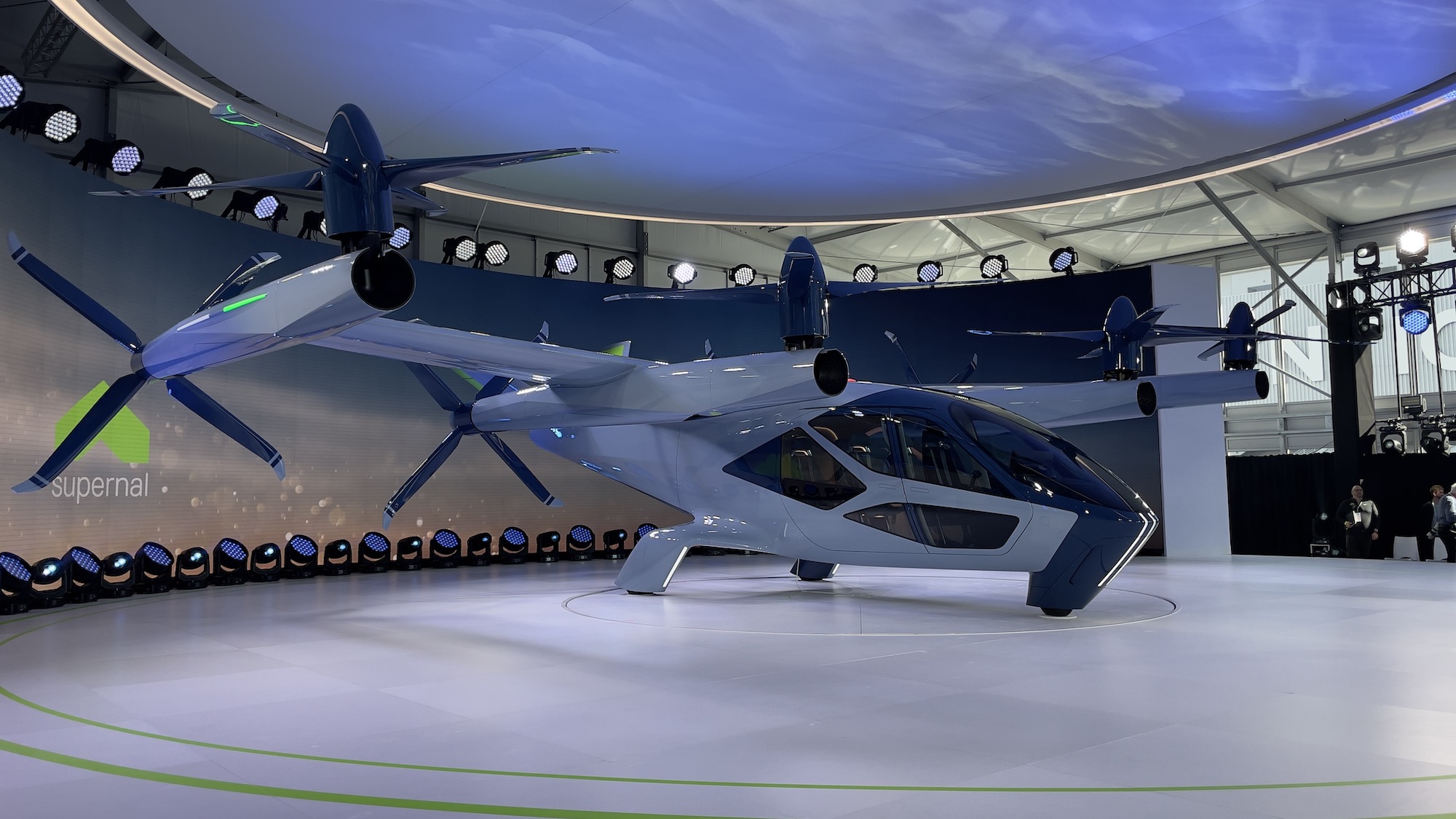
Hyundai's eVTOL Dreams Face Turbulence: Supernal Pauses Development After Key Departures
The future of urban air mobility has hit a bump, or perhaps a downdraft. Supernal, Hyundai's electric vertical takeoff and landing (eVTOL) aircraft startup, has reportedly paused development work on its S-A2 aircraft, a key part of Hyundai’s ambitious plan to revolutionize transportation. This pause follows the departure of both Supernal's CEO, Jaiwon Shin, and Chief Technology Officer (CTO), Ben Diachun.
News of the executive departures and the temporary development halt have sent ripples throughout the advanced air mobility (AAM) industry. What does this mean for Hyundai's long-term vision, and what are the implications for the broader eVTOL market? Let's delve into the situation.
Understanding Supernal's AAM Ambitions
Supernal, previously known as Hyundai Motor Group’s Urban Air Mobility Division, was established to develop and commercialize eVTOL aircraft. The company aimed to create a safe, sustainable, and affordable mode of transportation for urban environments, envisioning a network of air taxis operating in cities across the globe. Their flagship model, the S-A2, was designed to be a lightweight, electric-powered aircraft capable of carrying passengers on short- to medium-range flights. The ultimate goal was to seamlessly integrate air mobility into existing transportation networks.
Specifically, Supernal aimed to bring its S-A2 eVTOL to market by 2028, focusing on short hops between cities. The company has also been investing heavily in the infrastructure required to support eVTOL operations, including vertiports and air traffic management systems.
Why the Sudden Halt?
While details surrounding the departures of Shin and Diachun remain scarce, the impact on Supernal's operations is undeniable. The loss of key leadership figures, particularly the CEO and CTO, can disrupt the direction of any company, especially one as technologically advanced and capital-intensive as an eVTOL startup. The pause in development suggests a need for Hyundai to reassess its strategy, leadership, and potentially the technical specifications of the S-A2 aircraft.
Several factors might be contributing to the situation:
- Leadership Vacuum: The absence of a permanent CEO and CTO creates uncertainty and potentially slows down decision-making processes.
- Strategy Re-evaluation: The departures may signal a need to rethink Supernal's overall approach to the eVTOL market, including the target market, the aircraft's design, and the go-to-market strategy.
- Technical Challenges: Developing eVTOL technology is inherently complex, and Supernal may be facing unexpected engineering or regulatory hurdles.
- Market Conditions: The AAM market is still in its early stages, and the regulatory landscape, infrastructure development, and public acceptance of eVTOL aircraft remain uncertain.
What Does This Mean for the eVTOL Industry?
Supernal's pause has broader implications for the eVTOL industry as a whole. While the AAM sector continues to attract significant investment and innovation, Supernal's current troubles highlight the challenges associated with bringing eVTOL technology to market. Here’s what we can learn:
- The Importance of Strong Leadership: A clear vision and experienced leadership are essential for navigating the complexities of the AAM market.
- The Need for Realistic Timelines: Developing and certifying eVTOL aircraft takes time and requires significant investment. Aggressive timelines may need to be adjusted in light of real-world challenges.
- The Significance of Regulatory Approvals: eVTOL aircraft must meet stringent safety standards and regulatory requirements, which can significantly impact development timelines and costs.
- The Role of Infrastructure Development: The success of AAM depends on the availability of supporting infrastructure, such as vertiports and air traffic management systems.
Hyundai's Next Steps: Finding a Path Forward
Hyundai remains committed to its vision of advanced air mobility, but the company needs to address the leadership gap and reassess its strategy for Supernal. Potential next steps include:
- Appointing New Leadership: Filling the CEO and CTO positions with experienced individuals who have a proven track record in the aviation or automotive industry is crucial. Finding people who understand the unique challenges of eVTOL development will be vital.
- Refining the S-A2 Design: Hyundai may need to re-evaluate the design of the S-A2 aircraft, considering factors such as performance, cost, and regulatory requirements. Exploring alternative technologies or partnerships could be beneficial.
- Strengthening Partnerships: Collaborating with other companies in the AAM ecosystem, such as infrastructure providers, technology developers, and regulatory agencies, can help accelerate the development and deployment of eVTOL aircraft.
- Focusing on Key Markets: Identifying specific markets with favorable regulatory environments and infrastructure opportunities can help Supernal prioritize its efforts and maximize its chances of success.
The Future of eVTOLs
While Supernal's current situation presents challenges, the long-term prospects for the eVTOL industry remain promising. The demand for faster, more efficient, and more sustainable modes of transportation is growing, and eVTOL aircraft have the potential to address this need. However, success will require strong leadership, realistic timelines, and a collaborative approach to overcoming the technical, regulatory, and infrastructure challenges that lie ahead. Hyundai, with its considerable resources and automotive expertise, still has the opportunity to be a major player in the AAM market, but it needs to navigate this turbulence carefully.
The pause in Supernal's development serves as a reminder that the journey to bring eVTOLs to our skies is a marathon, not a sprint. The companies that can adapt to changing market conditions, secure regulatory approvals, and build strong partnerships will be the ones that ultimately succeed in transforming urban air mobility.